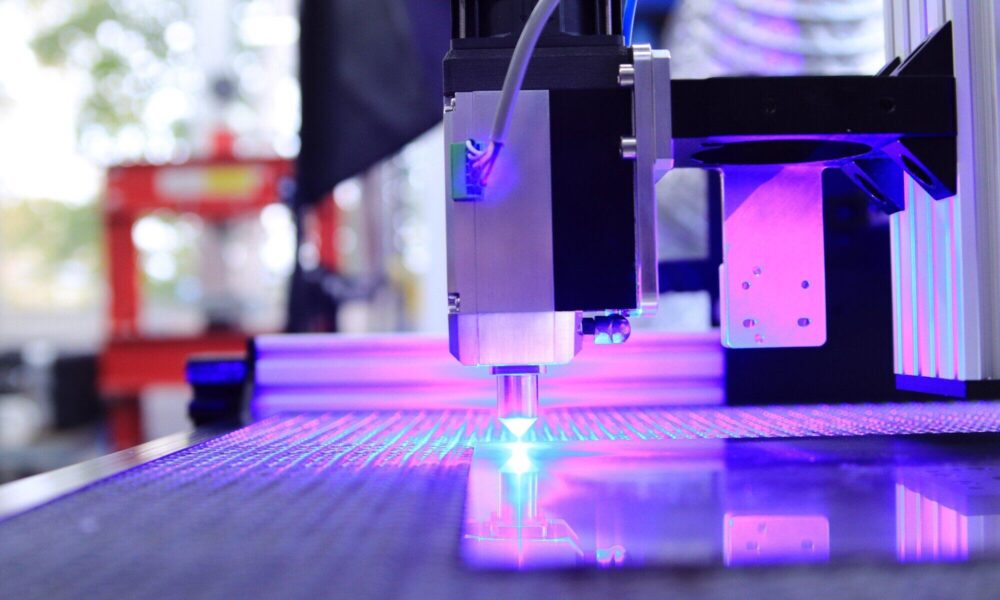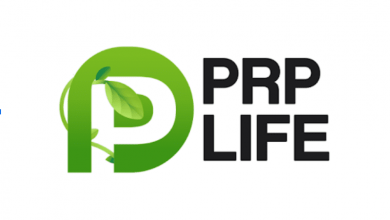Innovative Applications of Laser Technology in Modern Manufacturing

Laser technology isn’t just for science fiction anymore. It’s doing amazing things in today’s factories!
Lasers can cut through metal with ease and help make small, detailed parts with great accuracy. They help companies work faster, save money, and create designs that were once too hard to build.
From cars to airplanes to electronics, many industries are now using lasers to get better results. Curious about how these powerful light beams are changing the way things are made?
Let’s take a look at the coolest ways lasers are being used in modern manufacturing.
Precision Welding
Laser welding is a fast and accurate way to join metals. It creates strong, clean seams without using too much heat. This helps protect materials from damage and reduces the need for extra work afterward.
It’s great for delicate or complex parts like those in electronics and cars. The tight beam allows for deep, narrow welds that are both reliable and neat.
Precision welding also means less waste, making it more efficient. With better control and speed, many manufacturers choose this method to boost quality and productivity in their operations.
Laser Marking and Engraving
Laser marking and engraving help create permanent labels, logos, or serial numbers on products. This process is quick and doesn’t damage the surface. It works well on metal, plastic, glass, and more.
Since there are no inks or chemicals involved, it’s clean and safe for the environment. Manufacturers use it to:
- track products
- meet regulations
- add decorative touches
Whether it’s for tools, electronics, or packaging, laser engraving ensures every mark is clear, lasting, and professional.
Modern Laser Cutting
This process is fast, clean, and perfect for shaping metal, plastic, wood, and more. Because of its precision, manufacturers can create detailed and complex designs easily.
Laser cutting technology makes production more efficient by reducing waste and limiting the need for extra finishing. It’s also great for small projects and large-scale production.
This advanced method keeps quality high and costs low, whether crafting parts for cars, appliances, or electronics.
Surface Treatment
Lasers are now used for treating surfaces to make them stronger, cleaner, or more durable. They can:
- remove rust
- prepare metal for painting
- improve how a surface handles wear and tear
This method doesn’t use chemicals or create much waste, making it safer and more eco-friendly. It is also precise, meaning it only affects the targeted area.
Industries like aerospace, automotive, and electronics rely on this to keep parts looking and working their best. It’s perfect for improving product life without harming the material.
Additive Manufacturing
Also known as 3D printing, laser-based additive manufacturing builds parts layer by layer. Lasers melt and fuse material, creating shapes from digital designs.
This method allows for unique parts that are hard to make with traditional tools. It’s great for prototypes and custom pieces, saving time and reducing material use.
Additive manufacturing is used in aerospace, medical, and even jewelry-making industries. It brings creativity and flexibility to production lines. With laser precision, even the tiniest details can be built with strength and accuracy.
Quality Inspection
Lasers help inspect products with incredible detail. They can scan surfaces, check measurements, and find small defects that might be missed by the human eye.
This ensures every item meets high standards before it leaves the factory. Plus, it is fast, accurate, and doesn’t damage the product. It also helps reduce waste by catching problems early.
Many industries use it to improve quality control and keep customers happy. Whether it’s electronics or car parts, laser inspection makes sure everything is built right.
Laser Ablation
Laser ablation is perfect for cleaning or shaping tiny areas without causing damage. This technique works well on metals, ceramics, and polymers.
It’s used in electronics to clean circuit boards or in art restoration to remove dirt without harming the surface. The best part? It is precise and doesn’t need harsh chemicals, making it safer for people and the environment.
Manufacturers rely on it when accuracy and cleanliness are key. It’s a small but powerful part of many modern processes.
Medical Device Manufacturing
Lasers play a big role in making safe and effective medical tools. They help cut, weld, and shape tiny parts used in:
- implants
- instruments
- surgical tools
Because lasers are so accurate, they reduce the risk of mistakes and help meet strict health standards. The cleaning process avoids contamination, which is critical for medical use.
Lasers can also mark parts with tracking codes for safety and regulation. From heart stents to scalpels, laser-based processes support better care through better-made devices.
Flexible Production Lines
Using lasers lets you quickly switch between tasks like cutting, marking, or welding, all without changing tools. This saves time and lowers costs, especially for companies that make a variety of products.
Lasers also work well with smart machines and automation. This makes it easy to handle different designs or materials with little delay.
Whether making cars, electronics, or furniture, flexible laser systems help factories stay fast, accurate, and ready for change.
Eco-friendly Manufacturing
Laser processes are cleaner and greener than many traditional methods. They often:
- use less energy
- create less waste
- don’t need harmful chemicals
This helps companies reduce their environmental impact while keeping production efficient. Lasers also improve product life, meaning fewer replacements and less material waste.
Many manufacturers are choosing this technology to support sustainability goals. From energy savings to safer workplaces, lasers help build a better, greener future for manufacturing.
Packaging Solutions
Lasers help improve packaging in many ways. They can cut, score, or perforate materials for easy opening.
They also mark boxes or labels with dates, codes, or designs. This improves tracking and product presentation.
Because lasers don’t touch the material, the process is clean and damage-free. It’s also fast and fits into automated systems easily.
With this, companies can keep their products safe, easy to handle, and ready for market.
The Future of Modern Manufacturing
The future of modern manufacturing is bright, fast, and full of possibilities. With laser technology leading the way, industries can work smarter, cleaner, and more precisely than ever before.
Ready to explore how these advancements can benefit your business? Embrace the power of laser-driven solutions and shape the future of manufacturing today!
Did you find this article helpful? Check out the rest of our blog now!

Source: Innovative Applications of Laser Technology in Modern Manufacturing



